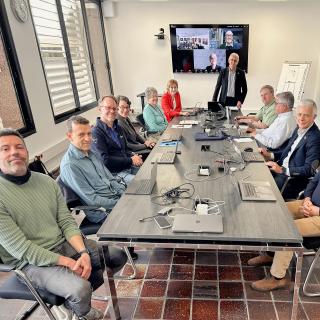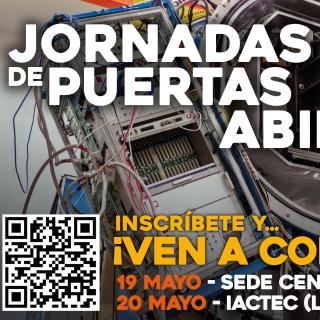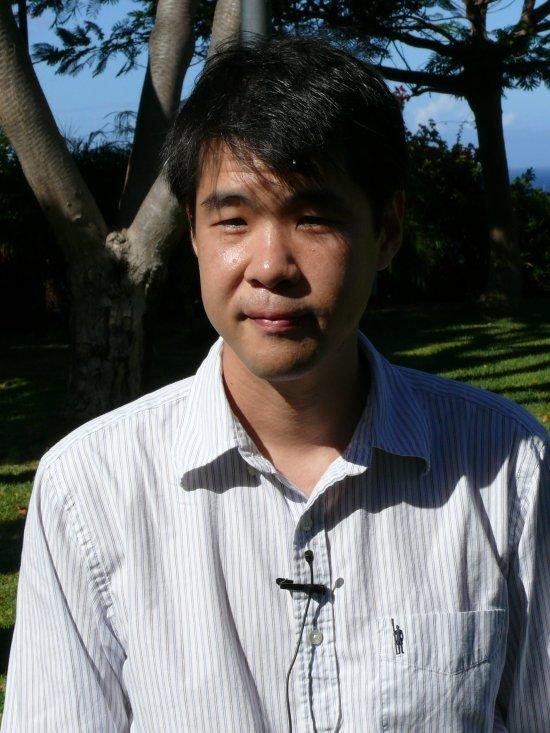It may interest you
-
 From Thursday, May 8th, to Friday, May 9th, the Canary Islands Institute of Astrophysics (IAC) is hosting the meeting of the Research Advisory Committee (CAI). This is the center's highest advisory body on research and analyzes its scientific and technological output. At this meeting, the director, Valentín Martínez Pillet, will present the center's main scientific and technological milestones, as well as a proposal for future lines of action. The director will also be joined by Eva Villaver, deputy director of the IAC; Romano Corradi, director of Gran Telescopio Canarias; Jonay GonzálezAdvertised on
From Thursday, May 8th, to Friday, May 9th, the Canary Islands Institute of Astrophysics (IAC) is hosting the meeting of the Research Advisory Committee (CAI). This is the center's highest advisory body on research and analyzes its scientific and technological output. At this meeting, the director, Valentín Martínez Pillet, will present the center's main scientific and technological milestones, as well as a proposal for future lines of action. The director will also be joined by Eva Villaver, deputy director of the IAC; Romano Corradi, director of Gran Telescopio Canarias; Jonay GonzálezAdvertised on -
 The headquarters of the Instituto de Astrofísica de Canarias (IAC) and its technological headquarters, IACTEC, open their doors to the public at their Open Days as part of Open Government Week 2025. This initiative, promoted by the Open Government Partnership worldwide, seeks to bring public administrations closer to citizens and promote the values of transparency, integrity, participation and accountability. The event at the IAC headquarters will take place on Monday 19 May, while the IACTEC will open its doors on Tuesday 20 May. Both days will be held in person, with two visiting hoursAdvertised on
The headquarters of the Instituto de Astrofísica de Canarias (IAC) and its technological headquarters, IACTEC, open their doors to the public at their Open Days as part of Open Government Week 2025. This initiative, promoted by the Open Government Partnership worldwide, seeks to bring public administrations closer to citizens and promote the values of transparency, integrity, participation and accountability. The event at the IAC headquarters will take place on Monday 19 May, while the IACTEC will open its doors on Tuesday 20 May. Both days will be held in person, with two visiting hoursAdvertised on -
 The Instituto de Astrofísica de Canarias has put itself on the frontier of astrophysical technology by developing the first integrated photonic circuit designed entirely within the Institute. This pioneering advance will permit the improvement of astronomical instruments, and the development of innovative systems for observing the universe. Astrophysical instrumentation, for both ground-based and space-based use is so specialized that often comercial systems and subsystems do not come up to the required specifications, This makes it necessary to buy high priced components or to delegateAdvertised on
The Instituto de Astrofísica de Canarias has put itself on the frontier of astrophysical technology by developing the first integrated photonic circuit designed entirely within the Institute. This pioneering advance will permit the improvement of astronomical instruments, and the development of innovative systems for observing the universe. Astrophysical instrumentation, for both ground-based and space-based use is so specialized that often comercial systems and subsystems do not come up to the required specifications, This makes it necessary to buy high priced components or to delegateAdvertised on
